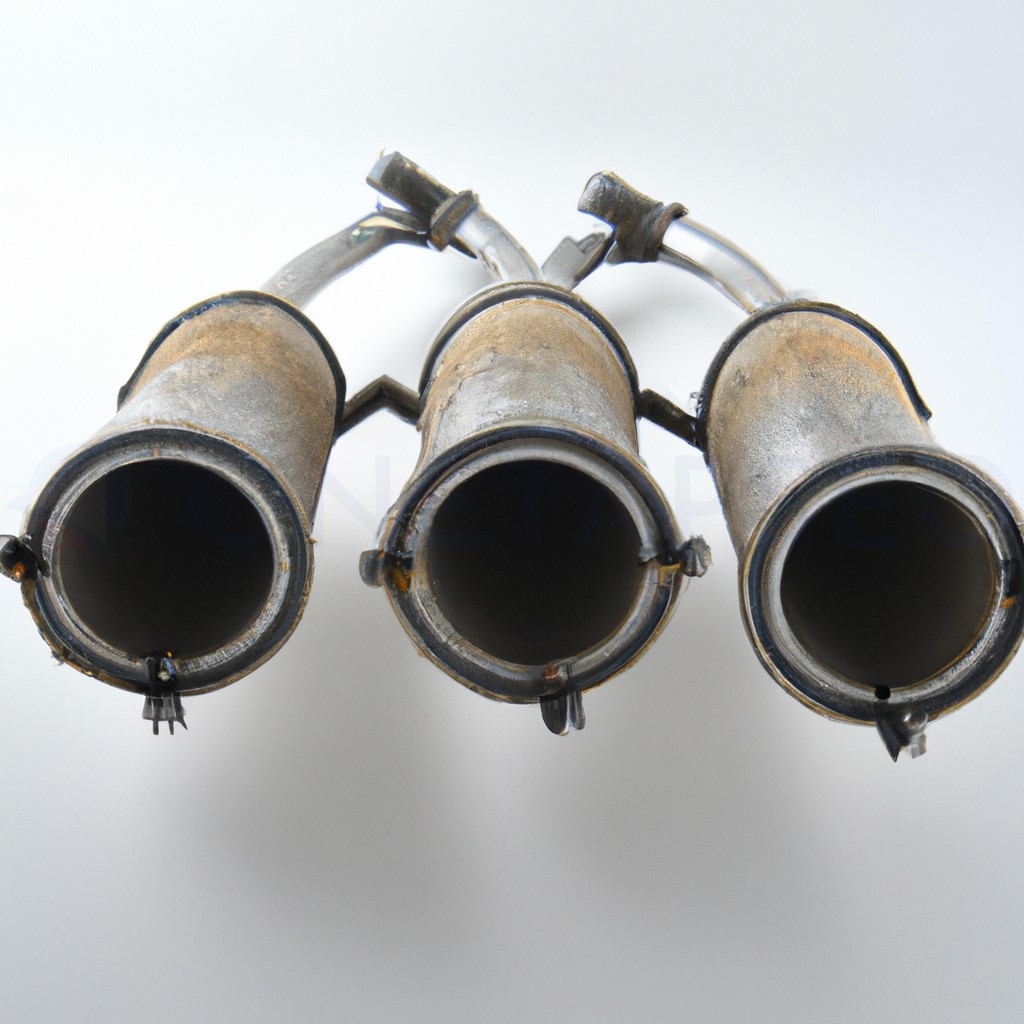The Basics of Three Way Catalytic Converters: How They Work and Why They’re Important

Introduction to Three Way Catalytic Converters
Catalytic converters are an essential component of modern automobiles, designed to reduce the harmful emissions that are released into the air as a result of combustion. There are several different types of catalytic converters, but in this article, we’ll focus on three way catalytic converters and how they work.
What is a three way catalytic converter? It is a type of exhaust emission control device that is typically installed in the exhaust pipe of a vehicle. Its primary function is to convert harmful gases such as carbon monoxide, nitrogen oxides, and hydrocarbons into less harmful emissions. This is accomplished through a chemical reaction that takes place within the catalytic converter, which is facilitated by a catalyst.
The catalyst used in a three way catalytic converter is typically made of a combination of precious metals, such as platinum, palladium, and rhodium. These metals are highly effective at catalyzing the chemical reactions that take place within the converter, allowing them to occur at lower temperatures and with greater efficiency.
How They Work and Their Role in Emission Control
One of the key features of a three way catalytic converter is its ability to operate efficiently under a wide range of conditions. This is possible thanks to the use of a feedback system, which adjusts the flow of exhaust gases through the converter in response to changes in engine load and operating conditions.
The benefits of using a three way catalytic converter are numerous. Perhaps most importantly, they help to reduce harmful emissions and protect the environment. In addition, they can help improve fuel efficiency and reduce engine wear, resulting in lower operating costs and longer engine life.
Despite the many benefits of three way catalytic converters, they are not without their drawbacks. One potential issue is that they can become clogged or damaged over time, which can reduce their effectiveness and ultimately lead to their replacement. Additionally, the precious metals used in the catalyst can be expensive, leading to higher upfront costs for the converter.
Summary
In conclusion, three way catalytic converter is an essential component of modern vehicles, helping to reduce harmful emissions and protect the environment. While they can be costly to replace, the long term benefits of using a three way catalytic converter make them a worthwhile investment for any responsible car owner.







